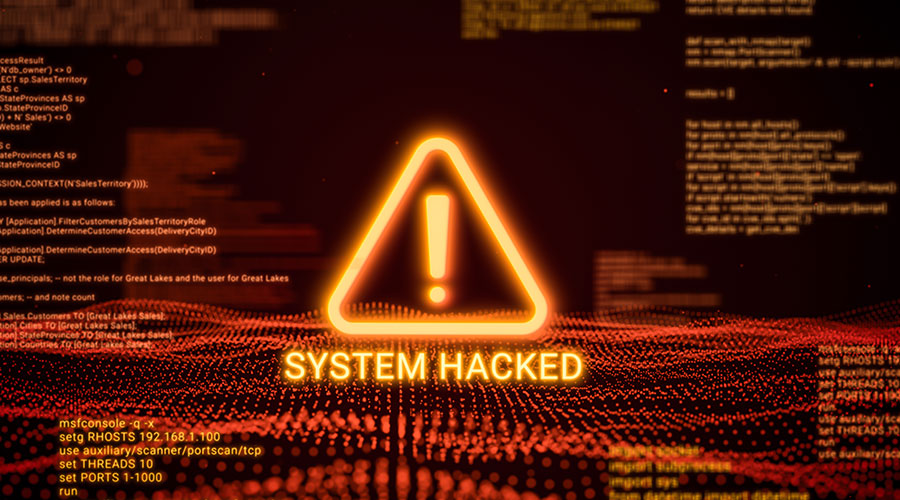Many maintenance and engineering departments have come to rely on computerized maintenance management systems (CMMS) to support the efforts of managers and technicians to ensure facility safety, reliability and efficiency. With each succeeding generation of CMMS, managers have even more opportunities to use new software’s features and functions to improve department productivity and efficiency.
To better understand the upgrade and implementation process, Healthcare Facilities Today asked James Storfer Jr., director of operations and maintenance with MD Anderson Cancer Center at the University of Texas, about his department’s efforts to upgrade its CMMS.
HFT: Please describe the system your department has been using to track maintenance work orders.
Storfer Jr.: Our current CMMS includes several tables that manage:
Assets. Provides detailed information, including asset type, descriptions, steward/owner, configuration, location, associated preventative maintenance, and priority/criticality
Preventive maintenance. Describes frequency-based work that is completed at set intervals. A limitation of the previous software was that the task lists were not included in the software and housed outside. These tasks sheets had to be manually documented and scanned for archiving
Routes and inspections. Includes sets of assets with the same tasks. These were completed manually on paper and then data specialist entered them into the system
Time tracking. Tracks timecards for each technician to detail time spent on specific work orders. Information was aggregated to weekly time views to evaluate productivity.
Dispatching and scheduling. Allows for review of open work in order to plan for the week. Also allows for ad-hoc work to be shared with technicians and supervisors for review and information.
HFT: What situation or events led your department to decide on purchasing and implementing a CMMS?
Storfer Jr.: The current CMMS system has been in place for more than 20 years. It was a useful system for that time, but certain limitations and challenges made it difficult to use effectively for our current needs. These include:
- over-customization of fields and inputs
- process dependencies that did not align with the software
- changes in data standardization over time without governance
- updates were managed via IT instead of departmental users, so costs and priorities didn’t align well across departments to drive necessary software updates
- organizational culture changes
- failure of different departments to use the software to the agreed-upon standards. We understand this is not the fault of the system, but our new system will help enforce a new culture.
HFT: What specific department needs did you intend the CMMS to address?
Storfer Jr.: The new system will allow users to save on data entry by using handheld devices. The new system is device-agnostic and can be used across multiple platforms at once. We are also using the opportunity to align processes and culture across various departments, which will be tracked via dashboards and compliance reports.
HFT: What features and functions of the CMMS were the highest priorities?
Storfer Jr.: As we determined how the system should operate and corresponding responsible, we identified several priorities for our new CMMS.
From our intake and dispatching process, we focused on work requests and service requests. A work group studied how work comes in through various sources, such as email, voice and survey forms, and then looked for commonalities that could become tiles on a selection screen. This will allow for a simplified way for customers to input their own work orders, as well as get feedback. The AI in the system will look for duplicate work orders and automatically inform the customer if the work they are requesting has already been submitted. It also will prioritize orders automatically by the type and location of the work.
Because we are a large hospital spanning healthcare, research and business operations, the same type of work may need a different priority based on the criticality of location. The operations and maintenance teams are focused on ensuring that the equipment and assets can be clearly managed in the system as well as developing clear job plans for re-occurring work.
For the first phase of implementation, we spent a significant amount of time reviewing assets with scheduled preventative maintenance and selecting asset groups with the highest number of reoccurring work plans in order to streamline efforts and to get savings right away in technician time and data entry.
HFT: At what stage is the CMMS implementation, and how is the process going?
Storfer Jr.: We just finished the user acceptance testing to ensure that the system functions as expected, and we are currently in the training phase of software integration.
We are also planning to do a “day in the life” system test, for which we plan to take a random day and enter work orders as they were documented for that day. This test will allow us to ensure that incoming work is routed to the correct work area and is assigned the correct priority code. It will also enable staff to practice working in an environment that allows them to safely make mistakes and learn the system, using real work orders they have received in the past.
HFT: What else should readers know about the benefits and challenges of selecting and implementing a CMMS?
Storfer Jr.: I would recommend a contingency of funds for small projects during the software configuration phase. We benefited from injecting small projects into the process to have our implementation team help us improve processes to incorporate the capabilities of the software we may not have been aware of previously.
I also recommend spending time up front to fully workflow all your current processes, including workarounds that teams are using. If you can share those workflows, you can better understand what gaps may exist and ensure you have a good training program for staff that will be working differently. With the improved efficiency from this transition, we look forward to improving processes and developing reliability-centered maintenance strategies.
Dan Hounsell is senior editor of the facilities market. He has more than 25 years of experience writing about facilities maintenance, engineering and management.

 UF Health Hospitals Rely on Green Globes to Realize Their Full Potential
UF Health Hospitals Rely on Green Globes to Realize Their Full Potential How Healthcare Facilities Can Be Truly Disaster-Resilient
How Healthcare Facilities Can Be Truly Disaster-Resilient TriasMD Breaks Ground on DISC Surgery Center for San Fernando Valley
TriasMD Breaks Ground on DISC Surgery Center for San Fernando Valley Bigfork Valley Hospital Falls Victim to Data Breach
Bigfork Valley Hospital Falls Victim to Data Breach AI-Driven Facilities: Strategic Planning and Cost Management
AI-Driven Facilities: Strategic Planning and Cost Management